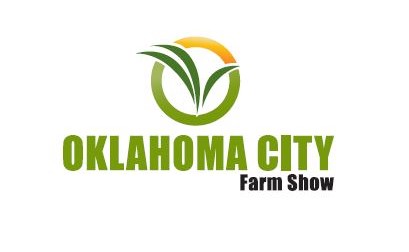
Farm Director KC Sheperd caught up with the new OSU Extension Cotton Specialist, Jenny Dudak, to talk about her and the position she recently gained.
Dudak was raised in Northeast Iowa and obtained her Undergraduate and Masters at Texas A&M University where she worked in the Cotton Extension program. When she finished her Masters in the cotton program, her area of study was controlling reniform nematodes in cotton. She moved to Oklahoma and obtained her PhD at OSU under Dr. Todd Baughman, who was an extension weed scientist. She graduated in May 2024 and became the OSU Cotton Specialist the same month.
Dudak’s interest in cotton began in her first semester at Texas A&M University when she took a class that entailed developing a research project which happened to be a cotton corn rotation field under a pivot.

“That was the first time I had ever seen a cotton plant and it really intrigued me,” Dudak said. “So, when the student worker position opened up in the Cotton Extension program run by Dr. Gaylon Morgan at the time, I applied, was accepted and the rest is history.”
Dudak’s plans as the OSU Cotton Specialist include conducting variety trials around the state. She is also implementing a defoliation trial this year and plans to expand defoliation trial demos to on-farm locations next year as well as OSU’s variety trials.
“Some of the research that I am really excited about is reevaluating some of the last effective bloom dates that we have throughout the state, and also insecticide termination timings and irrigation termination timings. With the new varieties coming out, I feel like it is a good opportunity to go back and revisit some of those standards that people are using to make sure that we are still up to date on those timings,” Dudak said.
She added that she has spent much of her first summer on the job out and about visiting with producers and looking at the cotton crop across the state.
One thing that she has observed so far was an unexpected species of nematode that is affecting cotton in Southwest Oklahoma. “There is a nematode species that historically was not known in Oklahoma: the reniform nematode. That is what I focused my Masters research on and historically, they were not known to be this far north; however, there have been confirmed cases of reniform nematodes in certain pockets throughout the state.”
Other pests Dudak has also observed are stinkbugs, which affect setting bolls, and boll worms. She warned producers, “If you didn’t plant one of those varieties of cotton that contain the Cry1, Cry2, or VIP, you do want to make sure you are watching for an egg lay and for boll worm damage to make sure that you are spraying on time.”
Dudak said that the condition of cotton across the state is currently dependent on irrigation. “Our irrigated crop across the state looks pretty fair. Looking at the drought monitor this morning, southwest Oklahoma is abnormally dry with pockets of severely dry. Central Oklahoma is abnormally dry, and Western Oklahoma ranges from moderate drought to pockets of severe drought. So, if you have irrigation this year, it is saving you.”
Dudak will be participating in the upcoming OSU Field Days in September and will attend a meeting in Elk City in late August to talk about Cotton Wheat management practices. She said that she is available by email to any producers who want to talk cotton.


















